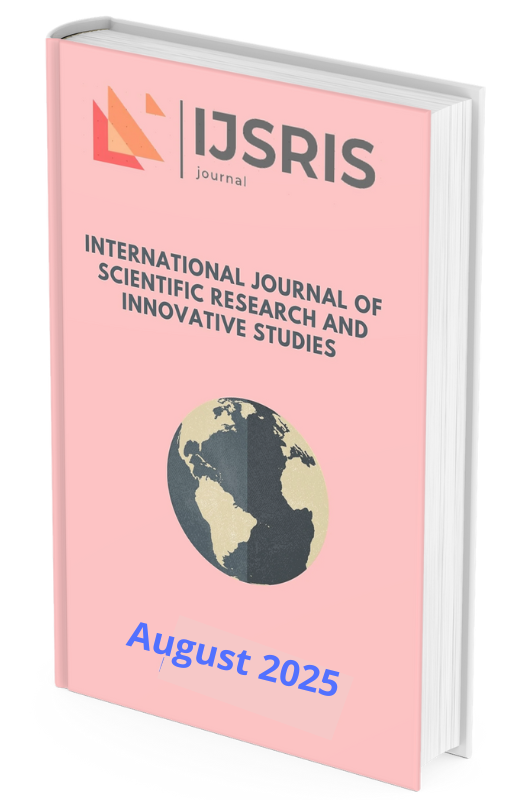The theory of tax appearance : From procedural mask to praetorian tool Crossed perspectives France-Morocco
DOI:
https://doi.org/10.63883/ijsrisjournal.v4i4.439Abstract
The theory of appearance, originally conceived as a shield to protect the party acting in good faith when confronted with a misleading legal situation, has paradoxically evolved within tax law. From 2010 to 2025, French jurisprudence had increasingly applied this theory to the benefit of the tax administration. Far from safeguarding taxpayers, the tax judge has frequently wielded the theory of appearance as a sword serving the interests of the tax authorities. Although this judicial stance appears difficult to justify, statistical data derived from the jurisprudential analysis conducted in our study nevertheless reveal a troubling trend: the tax judge’s preferential use of this theory implicitly suggests a bias toward protecting fiscal interests. Our study thus demonstrates that behind the apparent neutrality of a doctrine intended to stabilize legal transactions lies a judicial preference, or even a protective rationale, that must be rigorously and critically questioned.
Without claiming to draw definitive conclusions beyond the French context, the case law experience analyzed could fuel broader reflection. It offers a framework of inspiration for Morocco, where the issue of appearance in tax law could, in the future, find fertile ground for doctrinal and jurisprudential exploration.
Keywords: Theory of appearance, judge, judicial impartiality, judge-made law, tax law, jurisprudential statistics.
Received Date: July 19, 2025 Accepted Date: August 11, 2025 Published Date: August 30, 2025 Available Online at https://www.ijsrisjournal.com/index.php/ojsfiles/article/view/439
Downloads
Downloads
Published
How to Cite
Issue
Section
License

This work is licensed under a Creative Commons Attribution-NonCommercial-NoDerivatives 4.0 International License.
Articles in IJSRIS Journal are published in open access under the Creative Commons Attribution License (CC BY) (https://creativecommons.org/share-your-work/cclicenses


































